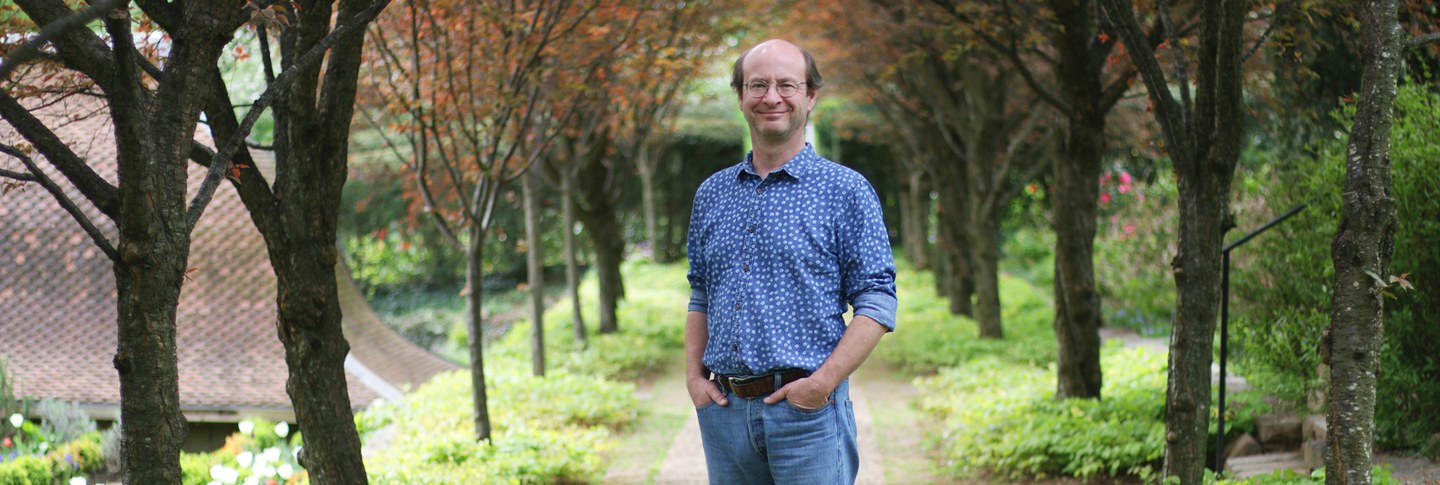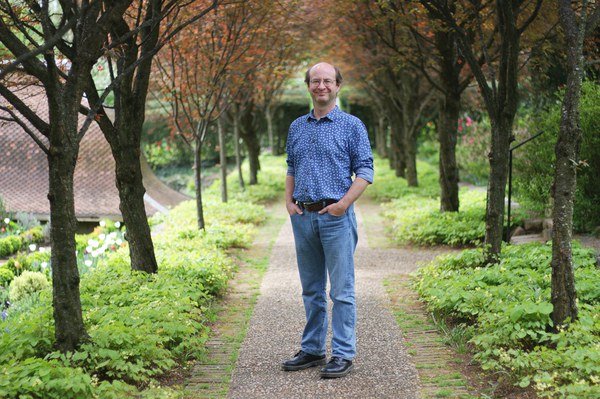Nicolas Beaudry, a professor in the Department of Literature and Humanities at the University of Quebec at Rimouski, is a fellow in Byzantine Studies at Dumbarton Oaks in spring 2017. For more than a decade, Beaudry has worked on the site of Byllis, an ancient city located in modern-day Albania. His recent research report delivered an archaeological study of the city’s episcopal quarter, examining the everyday uses of a space adjacent to the city’s cathedral, which included production of goods like wine and oil.
Brief Q&A with Nicolas Beaudry
What’s it like to work with the same site for such a long period of time?
Working long-term on a site is a different experience from working for a few seasons. Not only are you learning about the site—obviously your knowledge of the site is going to increase—but your perceptions of the site are also changing over time, and so are your research questions, your methods and your strategies. You are changing too, the people around you are changing and keeping a team together for a long period may be a challenge. But I had the privilege of working with a team of dedicated colleagues and we all have learned a lot from each other.
How is the space in the episcopal quarter divided up? Is that a common structure? The courtyard structure, the cathedral?
Bishoprics have been studied mostly as religious centers, as seats of power, or as architectural features in the urban landscape. The layout of the episcopal quarter is not necessarily unique. It’s not that surprising to find habitat and production facilities adjoining a cathedral, which is what we have at Byllis, but the areas where they concentrate lie in the shadow of monumental architecture. What we’re focusing on are spaces and functions that have not received all the attention I think they deserve.
What’s the evidence for winemaking, or other processes of production, that you’ve found? How do you determine what’s being made in this space?
Most production processes are known from textual sources, ethnography, and archeology. Architectural features can be the most obvious clues to the function of a space: a building which includes treading vats, a fermentation tank, and containers for fermentation and storage was obviously a winery. But the archaeological record may also include the tools, the raw materials, the products, and the waste of production activities. The production of olive oil at Byllis is attested by an olive mill, by press weights, and by botanical remains, while animal husbandry is documented by architectural features and faunal remains. A whole range of material evidence confirms that one of the rooms was devoted to the preparation of food.
I’m interested in the divide between social archaeology and monumental archaeology. How did you get into social archaeology and why do you find it interesting?
Classical archaeology has a long tradition of focusing on monumental architecture. But monuments are social productions and they are agents of social life, so an archaeology focused on monuments and an archaeology focused on social issues are not mutually exclusive. In Byllis I worked on an episcopal complex, but backstage, at the opposite end of the monumental façade of the cathedral, where the life and work of a small society maintained the bishopric as a social and economic agent. This is where discrete, mundane daily practices occurred, this is where lives were lived; investigating these practices is a way to relate to and understand this past society.

